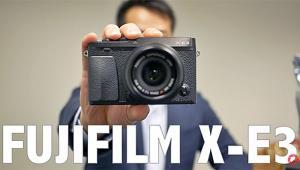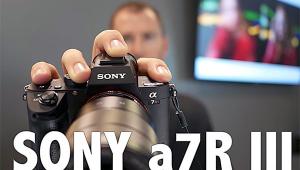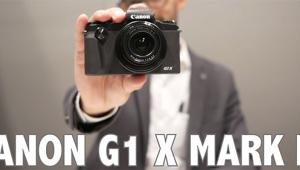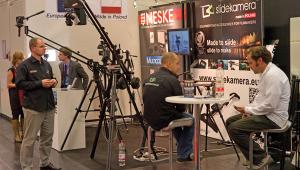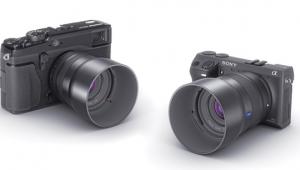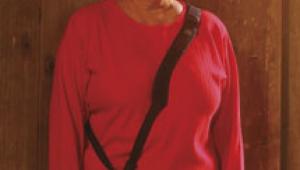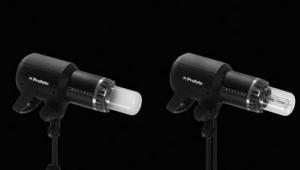New Digicam Technology Highlights
Three New Items That Enhance The Digital Photography Experience
Cool new technology to make photography easier for first-time digital camera users was evident at this year's PMA. Three major players in the digital imaging field made presentations worthy of owning their latest products. Redeye Gone? |
|
Exposure Woes Gone? Organizer's Dream |
- Log in or register to post comments


